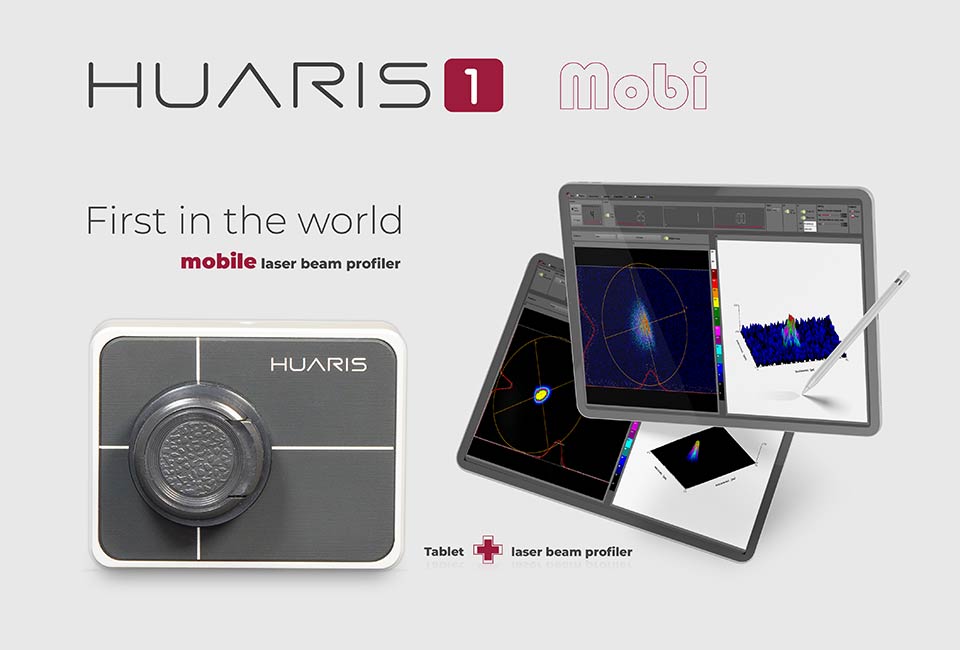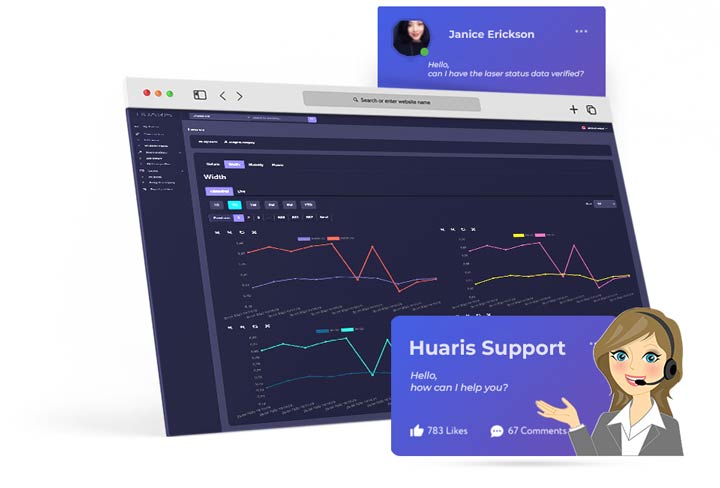// Laser beam profiler appreciated by engineers
Huaris system is a Category Finalist in the Innovation Award
HUARIS system based on AI (artificial intelligence) for laser preventive maintenance. The system is a Category Finalist in the Innovation Award at Laser World of Photonics in Munich, 2022. Perspectiva Solutions has been acknowledged for Huaris system as 1 of 101 Most Innovative Machine Learning Startups & Companies in Poland.
According to Data Magazine from the UK has recognized our company as one of the most innovative entities in Poland in the machine learning field!




























